Nintendo Switch 2 vs Steam Deck OLED: Two visions, one portable gaming future
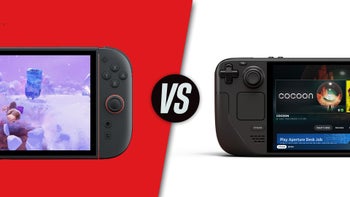
Intro
The Apple of the gaming world, Nintendo, announced its long-anticipated Switch 2 console earlier this month. The gaming powerhouse had confirmed the existence of the console in January, but officially revealed pretty much everything about it on April 2 at its Nintendo Direct event.
And while the new Nintendo console kicked things off with a controversy regarding the higher prices of the games launching along with it, but it's nonetheless a vastly improved version of the first Nintendo Switch that launched eight years ago.
How does it compare to Valve's Steam Deck OLED, one of the pioneers of the modern handheld gaming PC era?
Nintendo Switch 2 vs Steam Deck OLED differences explained:
| Nintendo Switch 2 | Steam Deck OLED |
|---|---|
| Display 7.9-inch capacitive LCD screen 1920 x 1080 resolution 120Hz refresh rate HDR support | Display 7.4-inch capacitive OLED screen 1280 x 800 90Hz refresh rate 600 nits (SDR)/1000 nits (HDR) brightness |
| Dimensions 16.5 x 27.2 x 1.3 cm 400g without controllers 530g with controllers | Dimensions 11.7 x 29.8 x 0.49 cm 640g |
| Controllers Detachable dual Joy-Con 2 Magnetic attachment Bluetooth 3.0/NFC connectivity 500mAh battery in each HD Rumble 2 vibration Left: Up/Down/Left/Right/L/ZL/SL/SR/- Buttons Right: A/B/X/Y/R/ZR/SL/SR/+ Buttons | Controllers Built-in non-detachable D-Pad ABXY buttons L & R bumpers and analog triggers 4x customizable grip buttons 2x capacitive analog sticks 2X square pressure-sensitive trackpads |
| Chipset Custom NVIDIA ARM chipset | Chipset 6nm AMD Zen 2 quad-core 3.5Ghz RDNA GPU 1.6GHz TDP: 4-15W 16GB RAM |
| Storage 256GB microSD card slot (up to 2TB) Game card slot (Nintendo Switch, Switch 2 cards supported) | Storage 512GB/1TB UHS-I SD, SDXC, or SDHC card support |
| Connectivity Wi-Fi 6 Bluetooth 2x USB-C ports 3.5mm audio jack | Connectivity Wi-Fi 6E Bluetooh 5.3 USB-C 3.5mm audio jack |
| Video output HDMI out 4K@60fps 1440p/1080p@120fps max supported | Video output Display port over USB Type C 8K@60Hz 4K@120Hz |
| Battery 5,220mAh 2-6.5h battery life Full charge in 3h | Battery 6,479mAh 3-12h battery life 45W charging speed |
| Accessories Nintendo Switch 2 Dock Joy-Con 2 Grip Joy-Con 2 Strap Joy-Con Wheel Switch 2 Pro Controller | Accessories Steam Deck Docking station |
| Price $450 June 5 availability | Price $590 |
Table of Contents:
Design and Controllers
Switch 2: Nintendo's best console yet
The new Nintendo Switch 2 is larger than its predecessor, with bigger Joy-Con controllers and a bigger dock, too. The dimensions have grown to the massive 16.5 x 27.2 x 13 mm, up from the original's more compact size of 10.16 x 23.87 x 1.3 cm. At the same time, weight has remained largely the same.
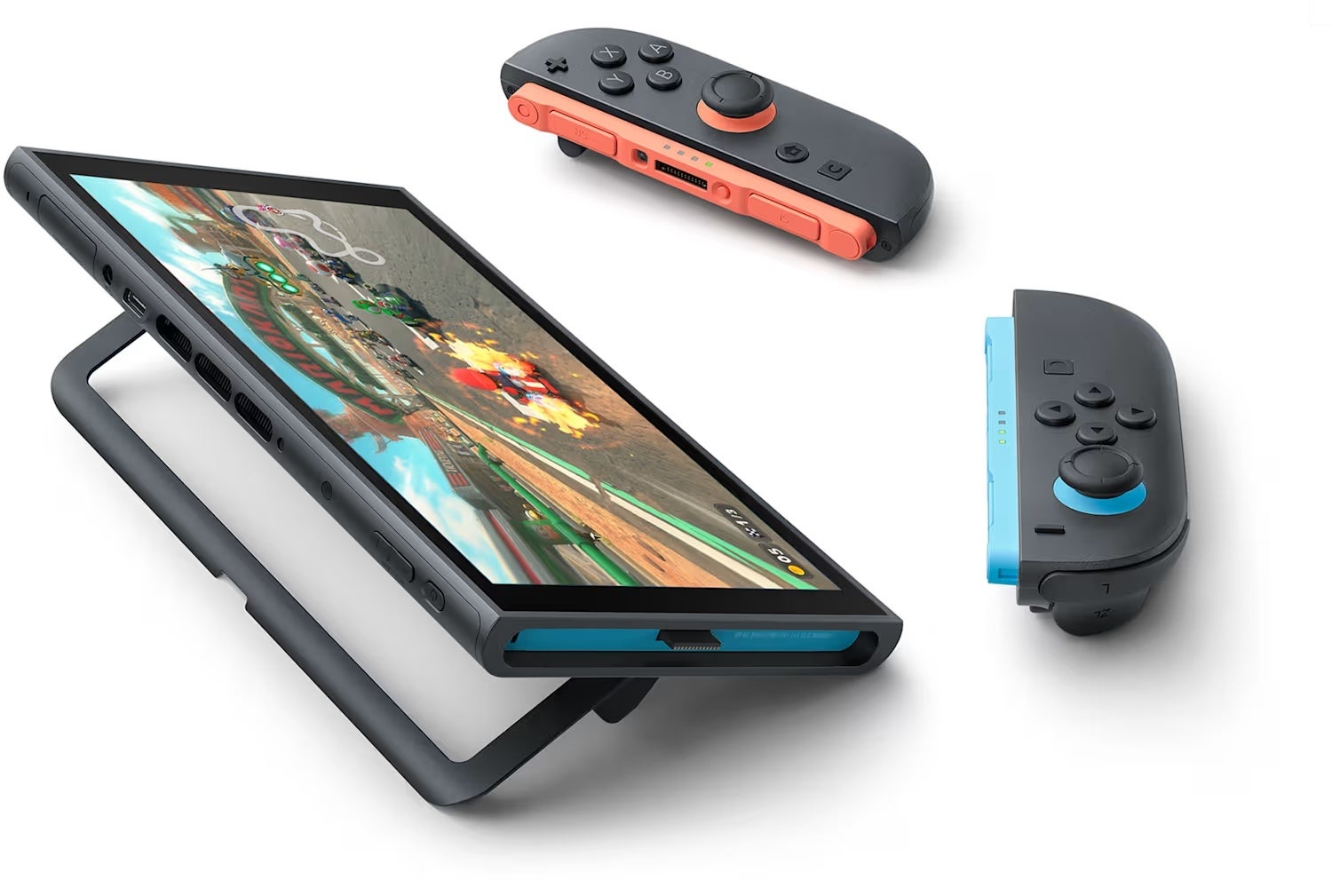
Image Credit-Nintendo
From a design perspective, the Switch 2 uses the same design philosophy, with detachable controllers and an upgraded kickstand, which now supports multiple angle adjustment. This would come in useful when you use the handheld in tabletop or TV mode.
But the major improvement here are the Joy-Con controllers, which are now larger and slightly heavier, but possibly more convenient to hold. They now attach magnetically to the body of the console itself, with the shoulder buttons acting as magnets. Nintendo has also reportedly fixed the Hall-effect sensors, mitigating the notorious stick drift.
Each Joy-Con can now act as a mouse of sorts, as Nintendo has added a mouse sensor in each controller.

Image Credit-Nintendo
The new Switch now features dual USB-C ports; the one on the bottom is purely for charging, while the top one can be used either for charging or for connecting other accessories. A 3.5mm audio jack and a microSD card slot under the kickstand continue to be staple design elements of Nintendo's latest console.
The Switch 2 dock which lets you slot the console and easily hook it up to a TV is mostly similar to the one on the first Switch, but it's slightly larger to accommodate the increased size. It still features dual USB ports at the rear, as well as an HDMI and Ethernet ports. Thanks to this accessory, you can feed signal to a 4K TV at up to 60fps.
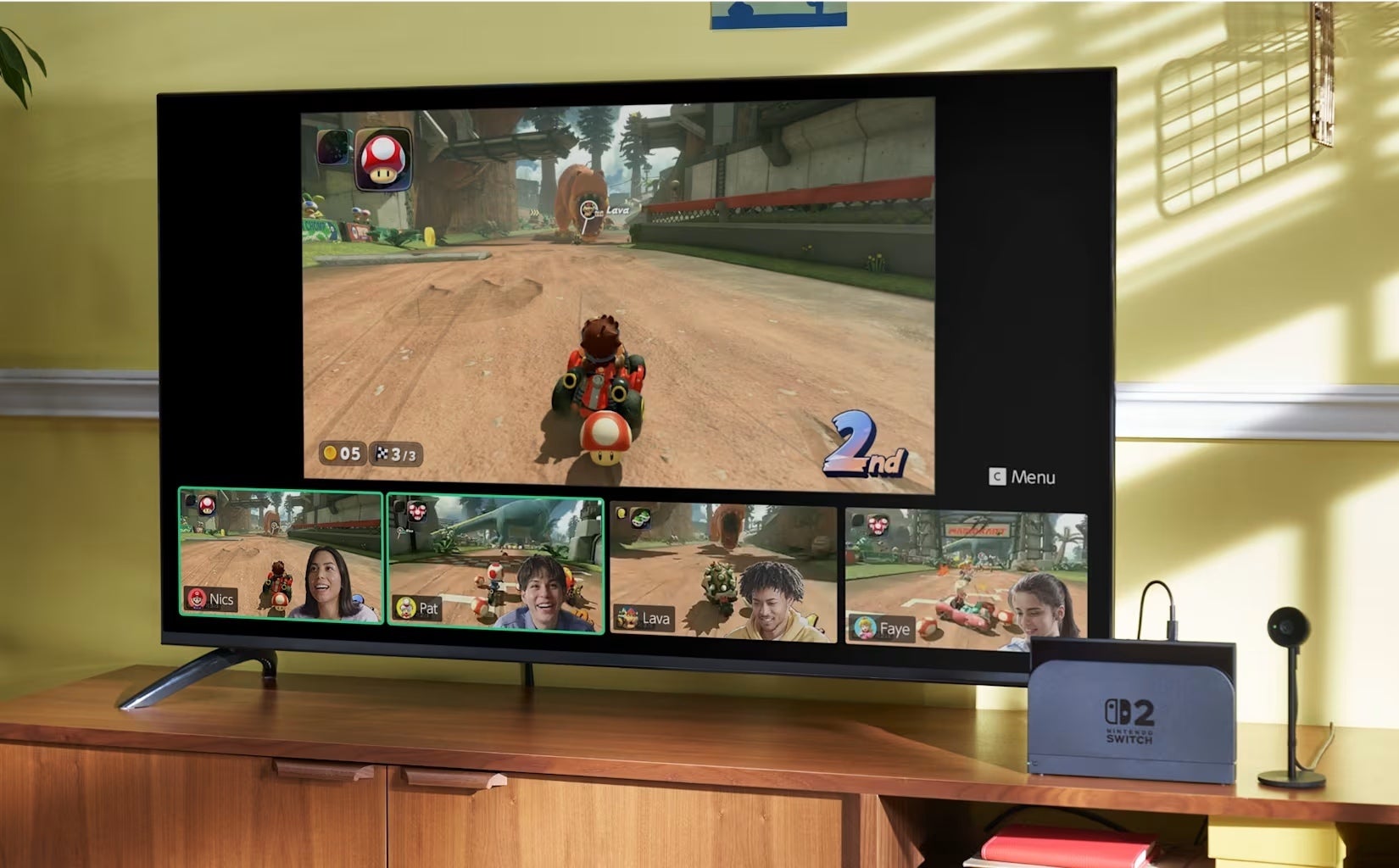
Image Credit-Nintendo
Steam Deck OLED: The handheld hub for your Steam library
Meanwhile, the Steam Deck arrives in two flavors, an original one with an LCD screen and the newer and slightly more advanced OLED one. Other than the displays themselves, there aren't that many substantial differences between Valve's handhelds.

Image Credit-Valve
There are, however, large differences between that one and the Nintendo Switch 2. Valve's console is larger at 11.7 x 29.8 x 49 mm and weighs a bit more at roughly 640 grams. It's bulkier and has non-detachable controls, so no matter if you use it handheld or attached to a TV with its dock, the controllers are always attached to the console.
The Steam Deck comes with a large variety of controllers. Aside from the standard D-pad, ABXY buttons, tirggers, bumpers, and capacitive thumb sticks that know when you're touching them, we also get two large capacitive trackpads with haptic feedback that can sort emulate a standard mouse in most games that require it.

Image Credit-Valve
However, these are positioned in such a way that the gamer can sometimes accidentally flick them, which could affect the gameplay; luckily, Valve lets you disable them altogether if you wish so.
The Steam Deck also features quad customizable grip buttons that you activate with your ring fingers or pinkies.

Image Credit-Valve
There's just a single USB-C on the Steam Deck OLED, as well as a microSD card slot that lets you use SD, SDXC, or SDHC cards for expansion; a 3.5mm audio jack and stereo speakers complement the exterior.
Display
Thanks to the larger size, Nintendo's latest scores a larger screen up front, a 7.9-inch 1080p touchscreen one, a grand improvement over the original Switch's 6.2-inch display, paltry in comparison. The OLED variation of the Switch got a larger 7-inch screen, but the second generation trumps them all.

Image Credit-Nintendo
However, just like the very first Switch, the Switch 2 is once again back to its LCD roots. It's logical to expect that Nintendo will release an OLED version of the Switch 2 in the future, but for now, you have to settle with the IPS LCD screen.
Although colors, contrast, and brightness might be no match to OLED screens, the screen of the Switch 2 is a 120Hz one, allowing for a super-smooth gameplay. The screen is a 1080p one, which is absolutely enough and will deliver outstanding sharpness. Finally, the screen is HDR-capable.
How does Valve's latest console compare?

Image Credit-Valve
It comes with a slightly smaller 7.4-inch touchscreen display, but it's an OLED one, with superior contrast, 110% coverage of the P3 color space, and peak brightness, which hits up to 600 nits in standard mode and around 1,000 nits when displaying HDR content.
One thing that's different here is the maximum screen refresh rate, which maxes out at 90Hz. A bit lower than the Switch 2's 120Hz, but still delivering more than enough potential smoothness to your gameplay.
The resolution is also slightly lower, at 1280 by 800 pixels, but again, likely sufficient for gaming on the go. If you leave wanting for more, hooking up your Steam Deck to a 4K TV with the dock lets you enjoy your games on the larger screen with up to 60fps.
Performance & Storage
Major differences in tow
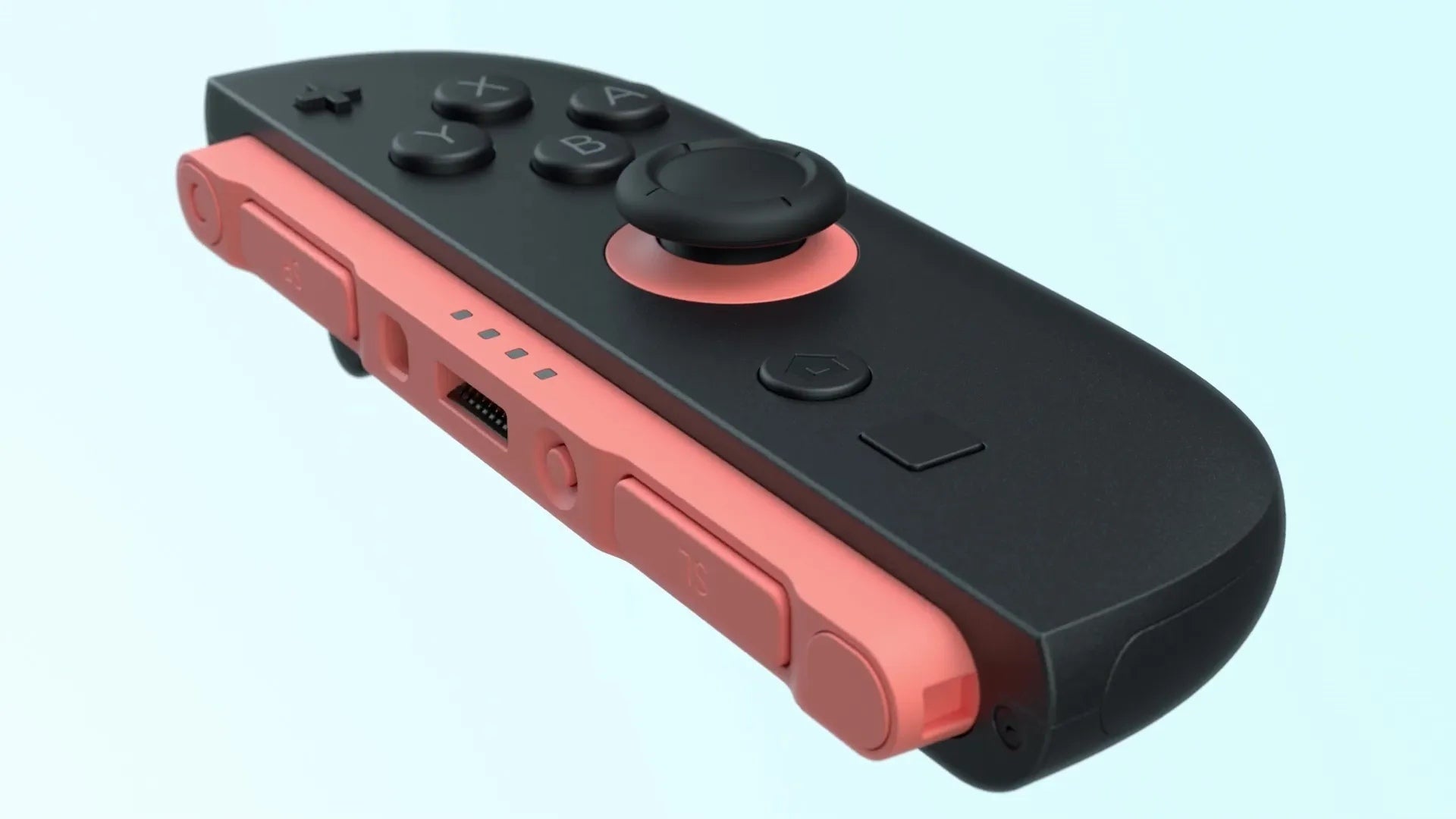
Image Credit-Nintendo
What clicks and ticks inside any of these two consoles? What are the beating hearts of Nintendo's and Valve's latest consoles?
The Nintendo Switch 2 uses a custom Nvidia chipset, most likely a Tegra T239 one, though not 100% certain but based on educated guesses from insiders familiar with the industry. The latter is an ARM-based octa-core chipset utilizing Cortex-A78C cores and a custom GPU, likely based on Nvidia's RTX-30 series. The RAM is likely in the ballpark of 12GB.
Meanwhile, Valve's choice of hardware on the Steam Deck OLED is far from a mystery. The console features a 6nm x86-based AMD Zen 2 chip with four cores/eight threads that has a 2.4-3.5GHz clock rate. It's paired with 16GB of LPDDR5 RAM.
The GPU is a fairly modest one, featuring eight RDNA 2 compute units and runs at 1.6GHz, but strikes a decent balance between efficiency and performance, making it a decent choice for a handheld console like the Steam Deck OLED.
With the Switch 2, you get 256GB of storage, a significant improvement over the paltry 32GB of storage you got on the original Switch back in its time. Still, 256GB is still small, but Nintendo lets you expand the available storage with microSD Express cards, which are faster than microSDHC and microSDXC cards.
The Steam Deck OLED is available with either a 512GB or a 1TB NVMe SSD, but you can also expand the available storage with a microSD card slot.
In terms of connectivity, both are well-equipped. The Switch 2 has Wi-Fi 6, while the Steam Deck OLED supports Wi-Fi 6E (including 6GHz networks).
Both feature Bluetooth, of course, but Valve provides a bit more detail as to what the Steam Deck offers: Bluetooth 5.3 with a dedicated antenna for better stability (on the older Steam Deck models, the Wi-Fi, and Bluetooth shared the same antenna, which wasn't optimal).
Software & Games
Nintendo's console uses a proprietary OS with some Unix characteristics under the hood and the familiar and user-friendly Nintendo user interface.
At the same time, the Steam Deck OLED runs the third generation of Valve's own Steam OS, an Arch-based Linux distro with the Proton capability layer that provides support for many Windows games and programs.
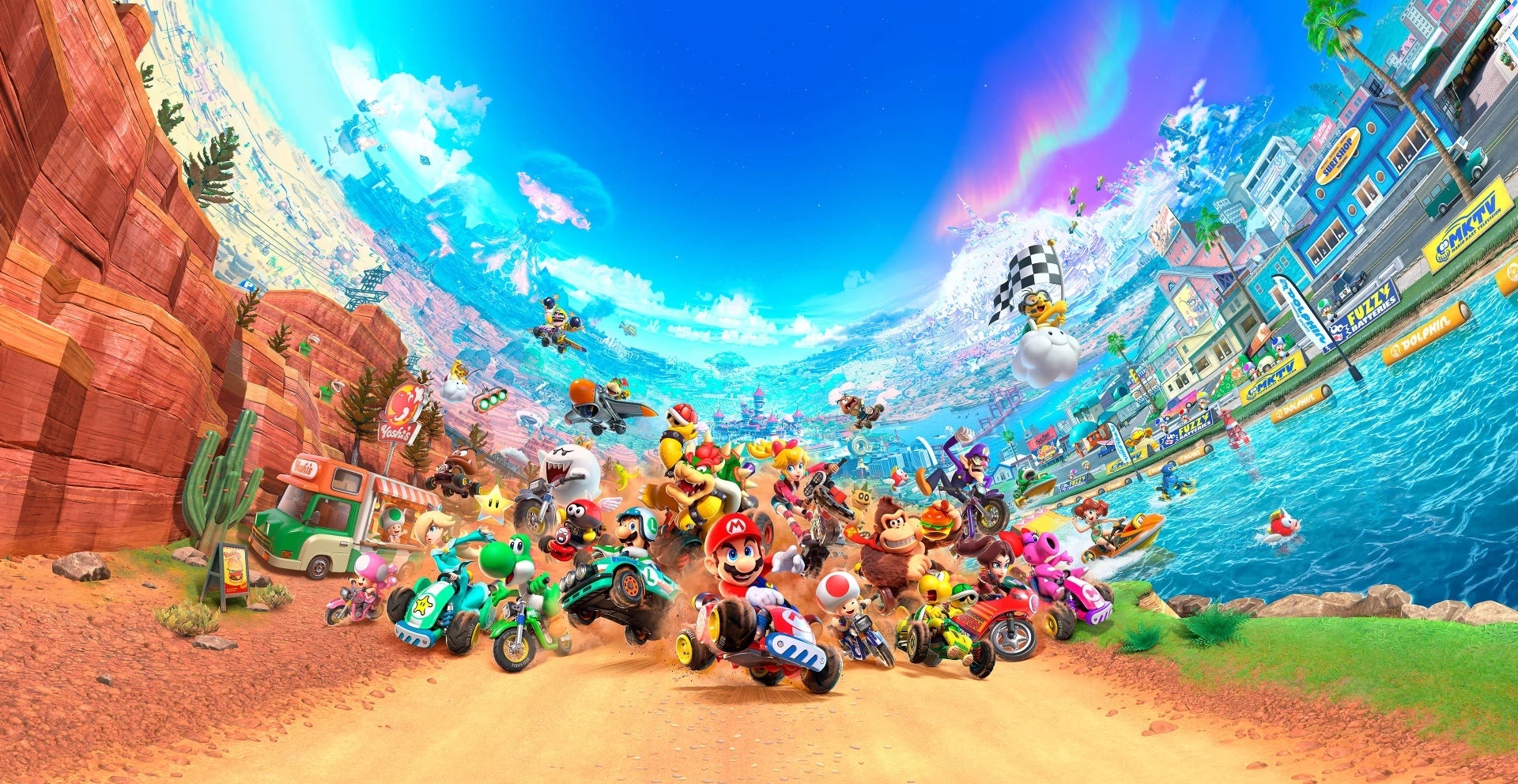
Currently and all thanks to Proton, the Steam Deck runs a bit over 6,000 games perfectly, while a total of 18,424 are described as "playable" on the console. None of those is a perfect port, so the overall experience between games might be inconsistent.
The Steam Deck could potentially be compatible with many Steam games that you own. You can check out the compatibility of your own library right here.
Last year alone, some of the most-played games on the Steam Deck were smash-hit Balatro, git-gud simulator Elden Ring, Stardew Valley, Baldur's Gate 3, Fallout 4, Vampire Survivors, Hades I & Hades II, Cyberpunk 2077, and Hogwarts Legacy.
Last year alone, some of the most-played games on the Steam Deck were smash-hit Balatro, git-gud simulator Elden Ring, Stardew Valley, Baldur's Gate 3, Fallout 4, Vampire Survivors, Hades I & Hades II, Cyberpunk 2077, and Hogwarts Legacy.
At the same time, the Switch 2 is backwards-compatible with all previous games released for Nintendo's console. The list currently stands at a bit over 5,000 games. You can also play through a curated game library of classic Nintendo games.
While many super-popular PC titles are available as ports, the list of best-selling Switch games is naturally domineered by none other than Nintendo's gaming franchises: Mario Kart 8 Deluxe, Animal Crossing, Super Smash Bros. Ultimate, The Legend of Zelda: Breath of the Wild, Super Mario Odyssey, and Pokémon: Sword and Shield are historically the most popular ones.
Announced alongside the Nintendo Switch 2 are two new entries in Nintendo's gaming library: semi open-world
Mario Kart World and Donkey Kong Bananza. However, those two new games made more headlines due to their pricing rather than gameplay or new features: Nintendo has slapped a $79.99 starting price on both of those, which is a $10 price hike from the most expensive Switch game released so far, the $69.99 Tears of the Kingdom.
When asked how Nintendo justifies this price hike, Bill Trinen, Nintendo of America Vice President of Product and Player Experience, said the following:
I would say it's less about the strategy of pricing Mario Kart World, it's more just whenever we look at a given game, we just look at what is the experience, and what's the content, and what's the value? But honestly, this is a game that is so big and so vast, and you will find so many little things in it to discover. And there are still some other secrets remaining that I think as people end up buying and playing the game, they're going to find this to be probably the richest Mario Kart experience they've ever had.
Battery and Charging
The Nintendo Switch 2 comes along with a 5,220mAh battery, which should provide between two and six hours and a half of gameplay, with that battery life largely dependent on the game you play.
A full charge when the Nintendo Switch 2 is in Sleep Mode takes around three hours, says Nintendo.
Meanwhile, Valve's Steam Deck OLED features a 6,479mAh battery, which should provide between three and twelve hours of gameplay. Those estimates are when you play at 30fps at 50% display brightness and 50% volume, and will also wildly vary based on what game you play.
Charging here is slightly faster, as Valve has enabled 45W wired charging on its handheld console.
Which one should you buy?

Sure, in an ideal world, we'd own either one and game happily for the rest of our lives. In reality, the financial implications of such a move are unrealistic for many gamers.
And yet again, the verdict is rather simple.
If you've been a die-hard Nintendo fan for the past few decades, there's probably nothing that can stop you from getting gaming's most exclusive company's latest console.
Although we are almost certain that an OLED version might be coming in the near future, the Nintendo Switch 2 is easily shaping to be the best console to experience the Nintendo games you love in 2025.
At the same time, a Steam Deck OLED is aimed at those devoted PC gamers that have built extensive Steam libraries over the years and are itching to play on-the-go.






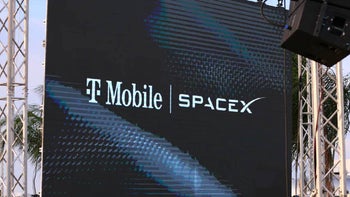


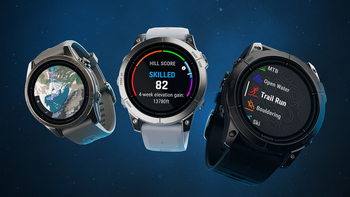

Things that are NOT allowed: